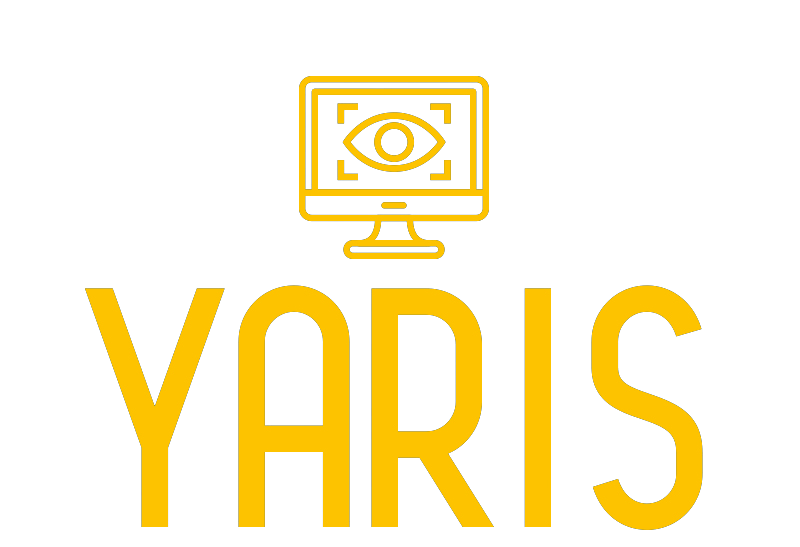Background of GoGIN
CRIMGO to combat piracy
Funded by the European Union, the CRIMGO (Critical Maritime Routes Gulf of Guinea) project was implemented between 2013 and 2016 by the agency France Expertise, as part of the Critical Maritime Routes programme launched by the European Commission. CRIMGO was the first European Union project to strengthen maritime safety and security in the Gulf of Guinea and it focused on supporting the fight against piracy in the most critical area. Within this framework, the project mainly deployed education and training activities.
GoGIN to support the Yaoundé Architecture
As an extension of CRIMGO, the GoGIN (Gulf of Guinea Interregional Network) project was launched in October 2016, for a period of 4 years, with Danish and European funding, and implemented by Expertise France. GoGIN is designed to support the development of the Yaoundé Architecture, by carrying out activities of the same type as those carried out by CRIMGO, but with a broader scope, encompassing legal and organisational support, and the establishment of its own information system to enable the exchanges necessary for the use of maritime information by the Yaoundé Architecture. During the first two years of the project, GoGIN received Danish funding and concentrated its activities in a pilot area, from Côte d’Ivoire to Gabon.
In 2018, GoGIN’s activities were extended to all countries surrounding the Gulf of Guinea. The COVID-19 crisis suspended the project’s field activities between early 2019 and mid-2020. When travel became feasible again, YARIS (Yaoundé Architecture Regional Information System) became operational. From then on, GoGIN has focused its activities on the deployment of the platform and its technical and operational appropriation by its users. As YARIS grew, the GoGIN project was extended by one year (October 2021), followed by the GoGIN+ project, which runs until April 2023 and is exclusively dedicated to YARIS.
Main activities of the GoGIN project
- Development of the YARIS information-sharing platform including definition of terms of reference, contracting, IT development, deployment, training, user support)
- Large-scale use during the GANO 2021 exercise
- Design of the TESS platform (e-learning platform)
- Academic training in maritime security (6 sessions in collaboration with ARSTM and RMU)
- Crisis management training (12 exercises in 11 countries and 2 MMCC)
- Training of future YARIS users (19 sessions)
- Training of future YARIS administrators (11 sessions)
- Direct support to ICC, CRESMAC and CRESMAO
- Legal support to countries in addition to support provided by UNODC (Senegal, Cape Verde, Gambia, Sierra Leone, Liberia)
- Support for IT equipment
- Active participation in G7++ working groups
Results
In the absence of a synthetic indicator, the statement made by the Senegalese Minister of Foreign Affairs in November 2021, when Senegal was co-chairing the G7++, speaks for itself: “the only tangible contributions of the G7++ to maritime safety and security in the Gulf of Guinea are, in order, YARIS, Obangame Express and GANO”.
The first objective was “to improve the collection, sharing and use of information, in accordance with the needs of the maritime centres, relevant authorities and sea users”. This objective has been achieved through the deployment of YARIS.
The second objective sought to ensure that “national organisations in charge of maritime safety and security are strengthened in accordance with the needs identified in the national strategies”. National organisations have been strengthened, but significant efforts are still required to ensure they can meet expectations. The delay in the deployment of YARIS, and the interruption of activities linked to the COVID-19 crisis, have limited GoGIN’s ability to invest as much as necessary in the different countries since 2019, as priority was given to connecting the Architecture centres to YARIS.
The third objective specified that “the transnational maritime centres in charge of zonal, regional and interregional coordination would be strengthened”. The transnational Architecture is now in place and functioning, with the exception of zonal coordination in Zones G (strong cooperation is nevertheless in place between the countries of the zone) and Zones A which do not have MMCCs, and where the ICC is still understaffed.
Receive our newsletter regularly
And stay informed on the YARIS platform!
